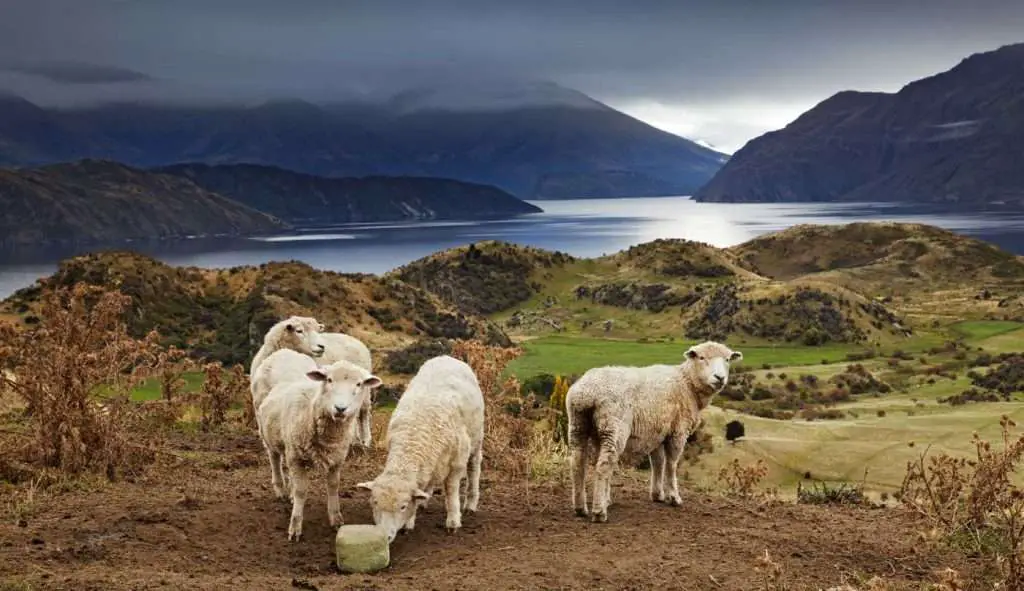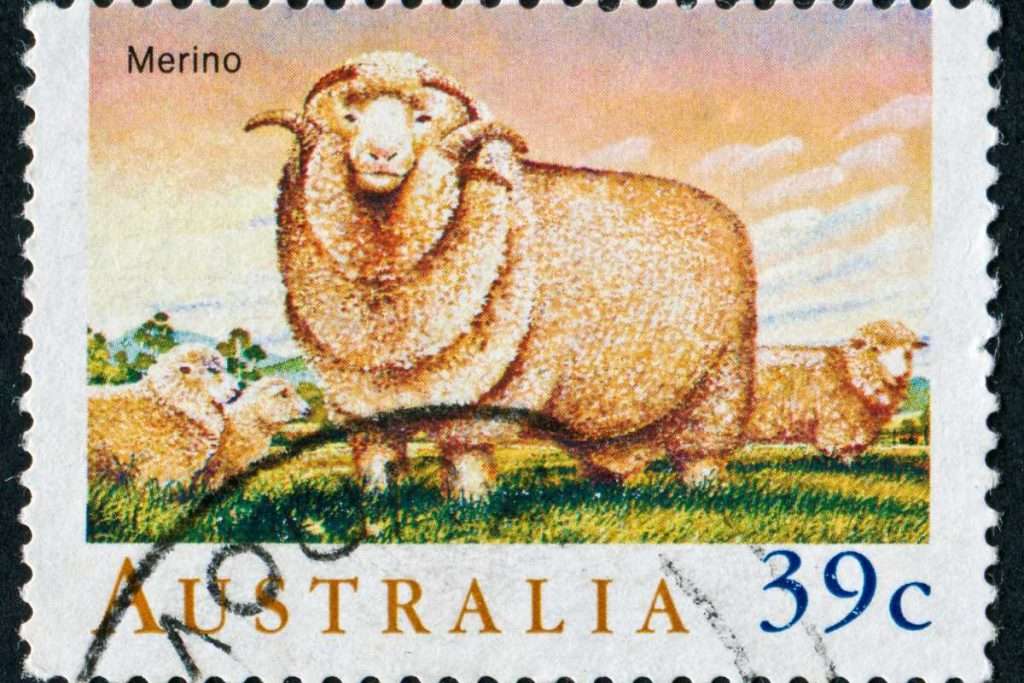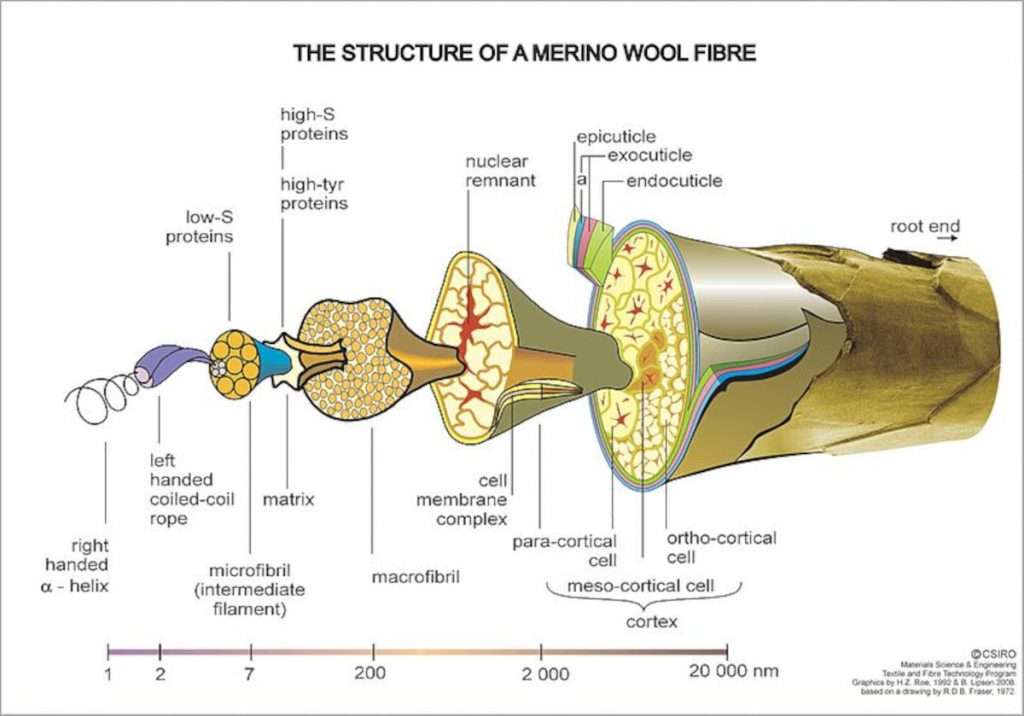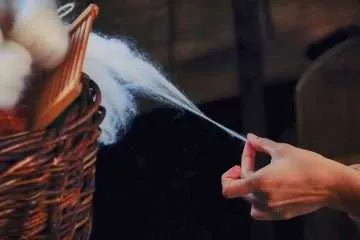From the dawn of human civilization, natural fibers have been the backbone of textile production for garments, bedding, and various household essentials. Among these fibers, merino wool, sourced from the Merino sheep, holds a special place of admiration and value.
The story of Merino wool is an enthralling tale of ancient origins, royal monopolies, and global expansion.
In this blog post, we embark on a journey through the annals of merino wool’s history, retracing its roots, traversing its global pathways, and examining its timeless appeal in today’s world.
Come along as we unveil the captivating tale of this sumptuous natural material.
Early Origins of Merino Sheep and Wool
The origins of the Merino sheep and its fine wool can be traced back to the early civilizations of North Africa and the Middle East.
The indigenous Berber tribes of North Africa, with their extensive background in pastoralism, were instrumental in the initial development of Merino sheep. Renowned for their skills in animal husbandry and textile craftsmanship, these tribes were among the pioneers in domesticating and selectively breeding the wild Mouflon sheep.
Their diligent efforts gave rise to a sheep breed possessing a more refined and softer fleece, which would later transform into the contemporary Merino. By fostering the unique qualities of the Merino sheep’s wool, the Berber tribes laid the foundation for what is now recognized as a luxurious fiber.
The dynamic relationship between the Berber tribes and the Merino sheep emphasizes the profound historical ties between human societies and the natural world, and showcases the resourcefulness of ancient pastoralists in molding the trajectory of the textile industry.

Historians believe that the ancestors of the Merino Sheep can be traced back to the early domesticated sheep of North Africa and the Iberian Peninsula. These sheep were known for their hardiness and adaptability, which allowed them to thrive in the diverse climates of the Mediterranean region.
Over time, these early breeds migrated to the Iberian Peninsula, where they interbred with local sheep populations. This genetic mixing eventually led to the emergence of a distinct breed known as the Merino, which would become synonymous with high-quality wool.
The Rise of Merino Wool in Spain
The Merino sheep and their wool made their way to the Iberian Peninsula during the Islamic rule of Spain, which lasted from the 8th to the 15th centuries.
Spanish shepherds recognized the value of the Merino’s fine fleece and began to selectively breed the sheep for even higher wool quality. By the 12th century, Spain had become the center of the global wool trade, and Merino wool was a prized luxury item.
In the late Middle Ages, Merino sheep played a pivotal role in the Spanish economy. As the demand for fine woolen textiles grew across Europe, the Spanish monarchy recognized the potential of the Merino breed and established the Mesta organization in the 13th century. This powerful guild controlled the breeding, management, and trade of Merino sheep, ensuring the quality of their wool and the prosperity of the Spanish wool industry.
A crucial aspect of the Mesta’s success was the implementation of the transhumance system, a seasonal migration of sheep between winter and summer pastures. This practice allowed the Merino flocks to graze on a variety of vegetation, which ultimately contributed to the unique properties of their wool.
To maintain control over the wool market, the Spanish monarchy imposed strict trade restrictions, effectively creating a monopoly on Merino wool. This exclusivity only increased the demand for the luxurious fabric in the European markets.

The Expansion of Merino Sheep and Wool Trade
In the late 18th and early 19th centuries, Merino sheep began to spread across Europe and beyond. The Spanish government started to allow the exportation of Merino sheep, and soon flocks made their way to countries like the United Kingdom, Germany, and Sweden.
The British, in particular, took a keen interest in Merino wool, and it became a cornerstone of their textile industry.
It was during this period that Merino sheep made their way to Australia and New Zealand, where they found ideal conditions for breeding. The mild climate, ample grazing land, and the lack of natural predators allowed the Merino sheep population to flourish.
The Australian and New Zealand Merino wool industries rapidly expanded, eventually surpassing the Spanish wool market in both quantity and quality.

Australia and New Zealand: The New Home of Merino Wool
In the 19th and 20th centuries, Australia and New Zealand became the global leaders in Merino wool production.
Farmers in these countries continued to selectively breed their flocks, resulting in an even finer, softer wool. The Australian Merino wool is now considered the finest in the world, with fibers measuring between 12 and 24 microns in diameter.
The Australian and New Zealand Merino industries also pioneered innovative breeding techniques, such as artificial insemination and embryo transfer, to further improve the quality of their sheep and wool.
This has allowed them to maintain a competitive edge in the global wool market, despite the rise of synthetic fibers in the 20th century.

Merino Wool in the 21st Century
In recent years, Merino wool has experienced a resurgence in popularity, driven by a growing appreciation for natural, sustainable, and ethically sourced products.
Consumers have become increasingly aware of the environmental and health benefits of Merino wool, which is biodegradable, renewable, and has excellent thermoregulatory properties.
Merino wool has also become a popular material in the active and outdoor wear markets, as it is naturally odor-resistant, moisture-wicking, and breathable. Brands such as Icebreaker, Smartwool, and Patagonia have embraced Merino wool in their product lines, offering everything from base layers to socks and even casual wear.
This has further boosted the demand for high-quality Merino wool, and the industry has responded by focusing on sustainable farming practices and animal welfare standards.

Characteristics of Merino Wool
Merino wool is renowned for its exceptional characteristics, which set it apart from other types of wool. These unique properties are a result of the fine fibers produced by the Merino sheep.
- Fineness: Merino wool fibers are exceptionally fine, often measuring less than 20 microns in diameter. This fineness gives the fabric a soft, luxurious feel and allows for lightweight, breathable garments.
- Crimp: Merino fibers have a natural crimp, which creates tiny pockets of air within the fabric. This characteristic contributes to the insulation properties of Merino wool, keeping the wearer warm in cold weather and cool in hot weather.
- Elasticity: The inherent elasticity of Merino wool fibers allows garments made from this fabric to maintain their shape and resist wrinkling. This feature also enhances the comfort and fit of Merino wool clothing.
- Insulation: The crimped structure of Merino fibers provides excellent insulation, making it an ideal choice for a variety of climates. The fabric’s breathability helps regulate body temperature and wicks moisture away from the skin.
Merino wool’s unique properties make it a highly desirable textile for various applications. The natural comfort and moisture-wicking ability of the fabric make it a popular choice for athletic wear, while its durability and insulation properties are perfect for outdoor apparel.
Additionally, Merino wool is prized for its odor resistance, which can be attributed to its ability to absorb and release moisture.
Modern Innovations and Applications
As technology has advanced, so too have the methods for processing and utilizing Merino wool. Today, Merino wool is often blended with other fibers, such as silk, cotton, or synthetic materials, to create innovative textiles with enhanced performance properties.
These blended fabrics capitalize on the strengths of each fiber, offering a range of desirable attributes, from increased durability and insulation to improved moisture-wicking and odor resistance. As a result, Merino wool has found a place in various industries, including:
- Fashion and apparel: Merino wool is a staple in the fashion industry, with designers incorporating the luxurious fabric into everything from high-end garments to everyday wear.
- Outdoor and athletic wear: The natural performance characteristics of Merino wool make it a popular choice for outdoor and athletic apparel, where comfort, breathability, and moisture management are essential.
- Home textiles: The warmth, softness, and durability of Merino wool make it an excellent choice for bedding, blankets, and upholstery.
- Medical textiles: Merino wool’s natural moisture-wicking and antimicrobial properties have led to its use in medical applications, such as wound dressings and therapeutic garments.
Sustainable and Ethical Merino Wool Production
As the demand for Merino wool has grown, so too has the focus on sustainability and ethical farming practices.
The Australian and New Zealand Merino industries have led the way in implementing strict animal welfare guidelines, such as the Responsible Wool Standard (RWS) and the ZQ Merino Standard, to ensure the well-being of their sheep and the environment.
These standards cover a range of criteria, including animal health and welfare, land management, and social responsibility.
By adhering to these guidelines, Merino wool farmers are not only producing a high-quality product but are also contributing to the health of the planet and the welfare of their animals.

Challenges and the Future of Merino Wool
As we look to the future, it is clear that Merino wool will continue to play a significant role in the textile industry.
The unique properties of Merino wool, combined with the increasing emphasis on sustainability and ethical production, make it an attractive choice for both consumers and manufacturers.
Despite its many advantages, the Merino wool industry faces several challenges, including:
- Animal welfare concerns: Some practices associated with Merino sheep farming, such as mulesing, have raised concerns about animal welfare. In response, many farmers have adopted more humane methods, and some brands now promote their products as ethically sourced.
- Climate change: Climate change poses a threat to the Merino sheep industry, as rising temperatures and changing weather patterns can impact the quality and quantity of wool production.
- Market competition: The growing popularity of synthetic fibers and other natural alternatives, such as alpaca wool, has increased competition in the market.
To remain competitive and sustainable, the Merino wool industry is embracing innovation and adopting more environmentally friendly practices. This includes investing in research and development to improve breeding and farming methods, as well as exploring new applications and markets for Merino wool.
Innovations in Merino wool processing and production techniques will likely continue to improve the quality and versatility of the fiber. This may lead to the development of new Merino wool products and applications, further expanding the market for this luxurious natural fiber.
Conclusion
The chronicle of Merino wool is a tale of ingenuity, perseverance, and profound respect for the bounties of nature.
Emerging from its modest beginnings in North Africa and the Middle East, Merino wool has evolved into a sought-after global luxury. As our quest for sustainable and ethically sourced materials persists, Merino wool’s prominent role in the textile industry remains undisputed.
Its storied past and lasting allure stand as a tribute to human resourcefulness and our capacity to adapt and flourish in a constantly shifting world.
More Wool Topics:
Flystrike Prevention and Treatment: Protecting Your Merino Sheep
Functional Underwear: Merino Wool vs Synthetic Fibers
Advantages of a Baby Sleeping Bag made of Merino Wool
Feeding your Merino Sheeps for Optimal Health and Wool Production



0 Comments